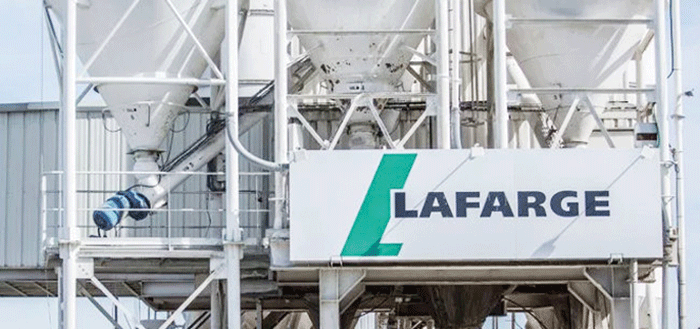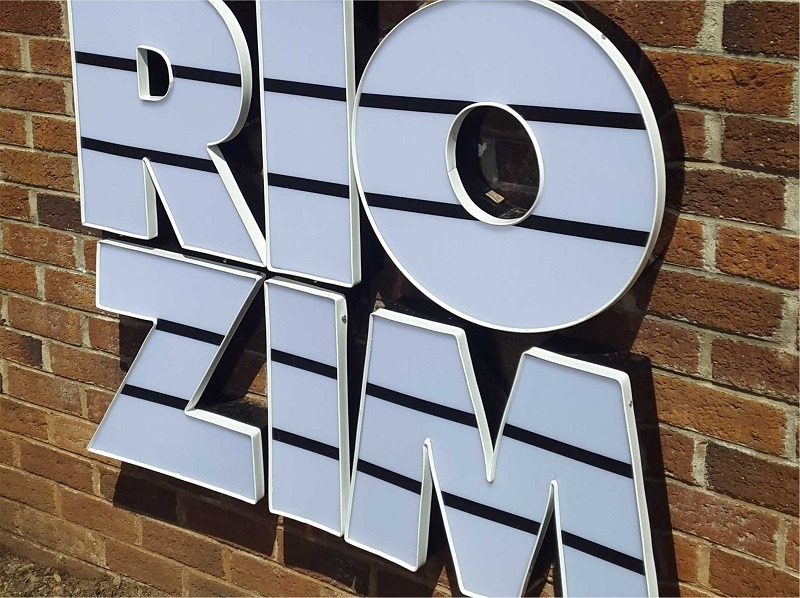The spectre of sustained high inflation remains a real threat after Zimbabwe's annual broad money grew 81 percent to $17 billion in the 12 months to July 2019 driven by growth in foreign currency accounts classified as transferable deposits.
As if that was not enough, the country's broad money registered a weighty 15,63 percent growth on a month on month basis, likewise, fuelled by significant growth in the value of transferable deposits.
This scenario is likely to maintain the heat on inflation, at a time prices also track exchange rate dynamics, which reached 175,5 percent by June this year from 5,39 percent in September 2018.
While money supply should at least track production (in tandem with growth of the economy), Zimbabwe registered a 3,5 percent growth in 2018, but is projected to shrink between 3 and 6 percent this year, making high money supply growth highly inimical to inflation stability or even decline.
On a monthly basis, the rate of inflation shed 0,35 percentage points in September to 17,72 percent.
The Reserve Bank of Zimbabwe said in its July monthly economic review report that annual growth in money supply was reflective of increases in transferable deposits, which rose by 100,96 percent; negotiable certificates of deposits, 87,90 percent, time deposits 9,28 percent, and currency in circulation, 8,87 percent.
"Broad money grew by 81,98 percent to $17,08 billion in July 2019, from $9,38 billion in July 2018.
"The growth was partly attributed to expansion in foreign currency accounts included in transferable deposits, owing to exchange rate depreciation," the RBZ said.
On a month-on-month basis, broad money grew by 15,63 percent.
The growth largely reflected the 16,59 percent expansion in transferable deposits held in growing foreign currency accounts.
Transferable deposits in the domestic currency accounted for 62,97 percent of total money supply, followed by foreign currency accounts deposits 23,72 percent, time deposits 9,61 percent, currency in circulation 2,72 percent, and negotiable certificates of deposits, 0,98 percent.
Broad money has grown on increase in foreign currency account transferable deposits because the local unit has continued to lose ground against major currencies, especially the US dollar.
This is because while Zimbabwe is heavily dependent on imports, the economy lacks capacity to generate sufficient external currency to support balance of payments, creating pressure on demand for dollars.
Money supply growth poses threat of high inflation in that increasing the money supply faster than growth in real output pushes inflation.
The reason is that there is more money chasing the same number of goods.
Therefore, the increase in monetary demand causes firms to put up prices. But if the money supply increases at the same rate as real output, then domestic prices (inflation) will stay the same.
Zimbabwe, on account of unsustainable money supply amid constrained access to external funding support and dependency on printing money by its central bank, experienced rapid rise in inflation over the decade to 2008, which peaked at 231 million at the last official count in July 2008.
This led the country to scrap its domestic currency in February 2009 and adopt a multi currency regime, which was dominated by the United States dollar, which was also the unit of accounting.
Amid high inflationary pressures, Zimbabwe in June this year suspended publication of annual inflation, last recoded at 175,5 percent in July this year, after reintroducing local currency in February this year and will resume in February next year.
Finance and Economic Development Minister Mthuli Ncube, said after transitioning to local currency in February, from a multi currency regime dominated by the US dollar, using annual indices based on same currency once again will improve accurate measuring of inflation trends in Zimbabwe.
Following the increase in money supply in the 12 months to July 2019, credit to the private sector increased from $3,35 billion in July 2018 to $5,55 billion in July 2019. This translated to an annual increase of 52,09 percent in July 2019, compared to 16,13 percent recorded in June 2019.
On a month-on-month basis, credit to the private sector recorded a growth of 8.13 percent, between June and July 2019.
Agriculture at 22,49 percent, took up the largest share of credit to the private sector, followed by households, 20,81 percent, distribution, 13,97 percent; and services, 12,55 percent.
Outstanding private sector credit in July 2019 was channelled towards inventory build-up, 23,33 percent, other recurrent expenditures, 34,48 percent; consumer durables, 21,14 percent, fixed capital investment, 16,41 percent, and pre and post shipment financing, 4,64 percent.
- ebusiness
 Concern over Masvingo black market
Concern over Masvingo black market  Kenya declares three days of mourning for Mugabe
Kenya declares three days of mourning for Mugabe  UK's Boris Johnson quits over Brexit stretegy
UK's Boris Johnson quits over Brexit stretegy  SecZim licences VFEX
SecZim licences VFEX  Zimbabwe abandons debt relief initiative
Zimbabwe abandons debt relief initiative  European Investment Bank warms up to Zimbabwe
European Investment Bank warms up to Zimbabwe  Young Investment Professional (YIP) Graduate Programme 2019
Young Investment Professional (YIP) Graduate Programme 2019 










 Young Investment Professional (YIP) Graduate Programme 2019
Young Investment Professional (YIP) Graduate Programme 2019
Editor's Pick